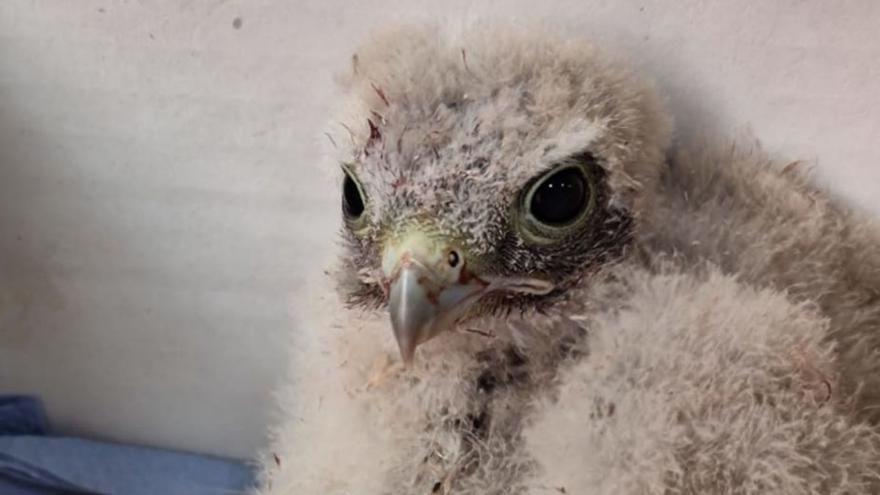
The La Tahonilla Environmental Center joins community composting through a vermicomposter with a capacity for 5,000 worms. The system uses these animals so that the decomposition of the organic matter they feed on is faster and fermentation is more active. In this way, a fertilizer is obtained that is reused in the installation itself. The design of the prototype, specific to the center, is the responsibility of the technicians of two projects in insular areas: Management of the Natural Environment and Fight Against Climate Change.
In this way, La Tahonilla joins the Tenerife Community Composting Circular Communities pilot project with this facility that will process vegetable and organic remains and produce a fertilizer that is richer in nutrients than other types of compost that improves soil fertility and will be reused in the installations.
This project represents an alternative to the management of domestic organic waste. It is currently being developed in the municipalities of El Rosario, La Laguna, Tegueste and the city itself. University of La Laguna (ULL).
Sustainability and reuse.
“The installation will contribute to the sustainability objectives and will also generate a reusable product in the center itself”, values the Councilor for Management of the Natural Environment and Security of the Cabildo, Isabel García, who adds that “these initiatives provide a plus of exemplary”.
For his part, the Minister for Sustainable Development and the Fight against Climate Change, Javier Rodríguez Medina, emphasizes that “sustainable waste management is the only way to achieve an island that respects the environment. He also considers that for this reason, “this initiative is valued and will serve as an example of good practice for other possible locations in nurseries and centers, both public and private.”
different prototype.
In La Tahonilla has built its own prototype, different from those installed in the municipalities. A much more manageable and modular design, which can be easily moved and enlarged or reduced. The purpose is to check its viability and if it can be replicated in educational centers. The idea for the Environmental Center to have its own vermicomposter has been promoted by the New Employment Opportunities Project (NOE) and the prototype has been designed by the technical team of the Employment Program for the Ecological Transition (PETE), with the assistance technique of David Ruiz, technician of the NOE Project.
A talk with training objectives was recently given at the center and this novelty was presented as a way to reduce the amount of recyclable organic matter transferred to the Tenerife Environmental Complex (CAT).
All kinds of remains.
The La Tahonilla vermicomposter starts up with around 5,000 worms to which remains such as coffee grounds, pasta without sauce, meat and fish leftovers in small quantities, as well as fruit, shells of those same fruits can be contributed. and vegetables or egg, flowers, pruning waste, vegetable textiles such as linen or cotton and paper without colored ink. To provide the organic matter, it is recommended to chop the green waste in proportions of between 5 and 10 centimeters and the dry materials between 1 and 5.
Recommendations.
So that users of La Tahonilla can participate there will be a water intake with which to wash your hands when providing material, a shovel, a bucket and a weight, in addition to a container in which the leachate is collected, a reusable by-product of the materials provided. This new vermicomposter will remain under the supervision of qualified personnel who guarantee its proper functioning and that the ideal conditions are met to obtain the expected results.
The La Tahonilla Wildlife Recovery Center cured a baby kestrel admitted after falling from a nest in the municipality of La Laguna. He spent two weeks in a splint to stabilize the fracture in his left leg. When he knew how to hunt live prey and fly correctly, he was released in Agua García, in the municipality of Tacoronte. | The day
















